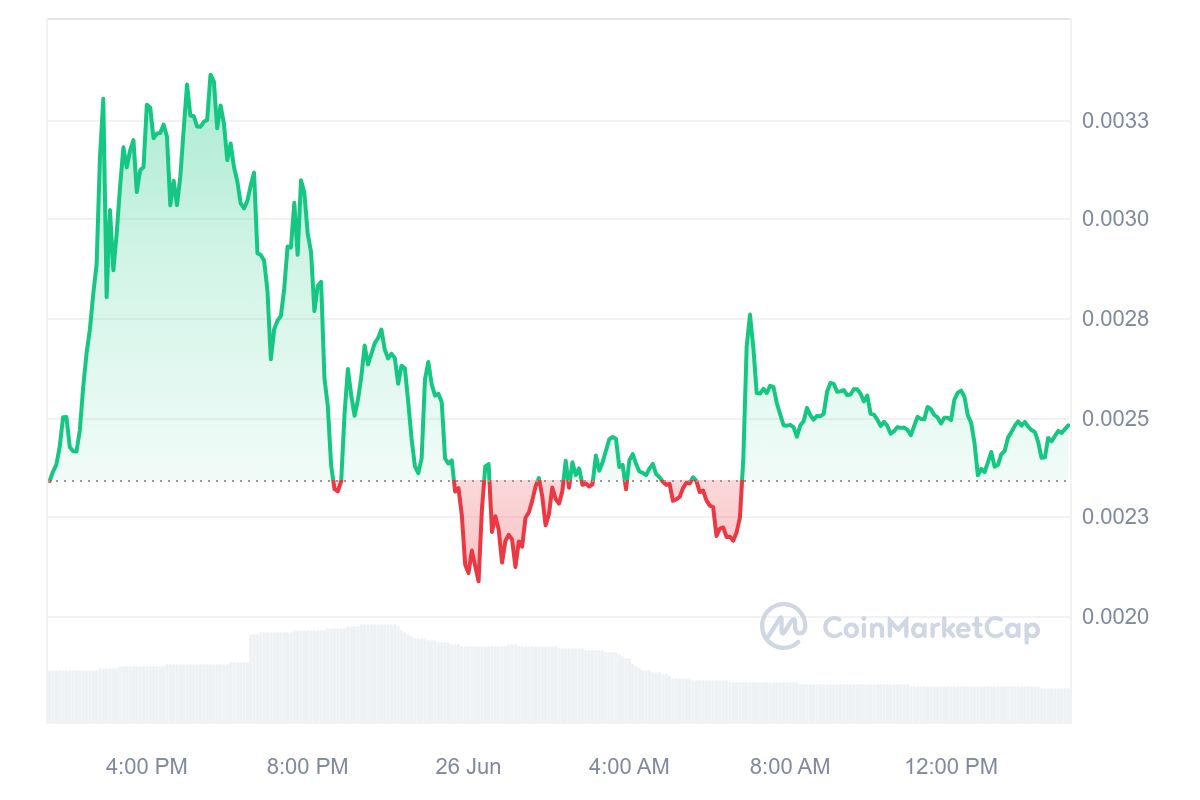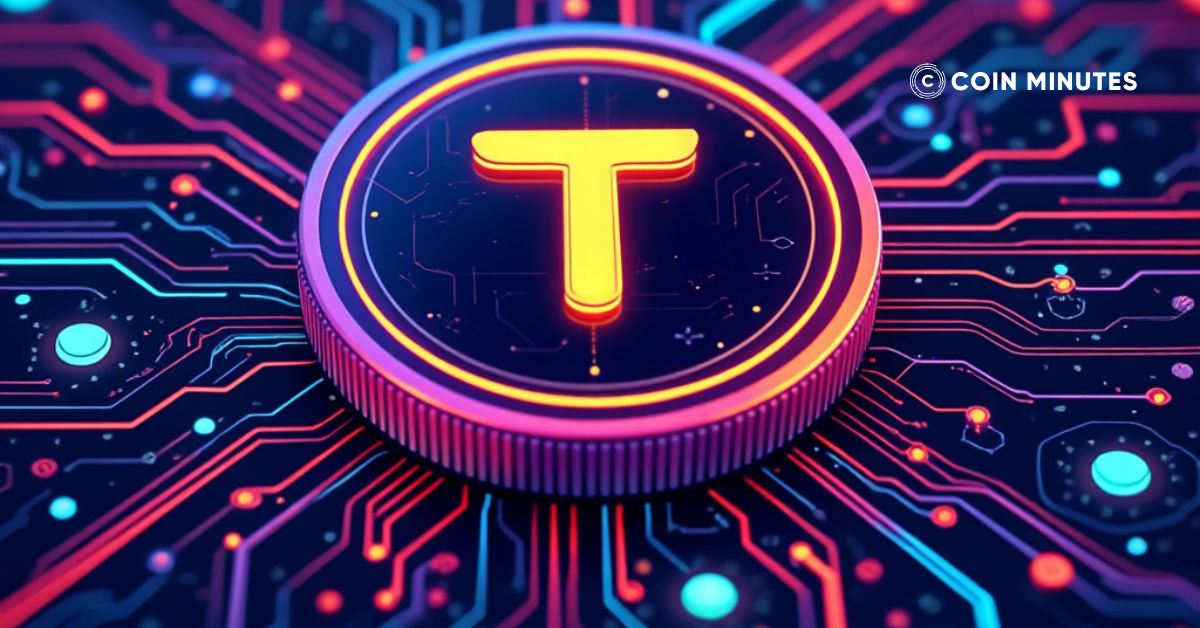On June 25, the Water memecoin was listed on Bitget and traded via USDT. This made investors feel very excited.
After just a few hours, this memecoin reached its first peak at $0.003381, then its value immediately dropped and hit a low of $0.002043 in the early morning of June 26.

Previously on June 24, Lookonchain posted on X that: “We noticed that the dev transferred 844.44M $WATER to 11 new wallets that didn’t participate in the pre-sale. These 11 wallets are selling $WATER and have obtained more than 18,600 $SOL($2.35M) by selling $WATER!”
Is the #WaterCoin team selling $WATER?
We noticed that the dev transferred 844.44M $WATER to 11 new wallets that didn’t participate in the pre-sale.
These 11 wallets are selling $WATER and have obtained more than 18,600 $SOL($2.35M) by selling $WATER! pic.twitter.com/PWItcb06RN
— Lookonchain (@lookonchain) June 24, 2024
This raised concerns that the Water development team is doing the same thing as Beer, a similar beverage memecoin. There are many theories that the Beer and Water development team is the same. And if this is true, this will be another rug pull memecoin.
Read more: Beer coin lost 80% of its value due to coin dumping
This is how the rug pull might work: First, the tokens are sent to insiders who immediately dump them to investors before the investors receive any tokens. This causes a ripple effect, where investors also dump their tokens after receiving them because they see the price rapidly dropping. Then, the development team buys the tokens back at a lower price, causing the price to go up again. When the tokens get listed on an exchange, the development team dumps them again.
These are all our assumptions based on real evidence for investors to take note of before making an investment decision for this memecoin.








